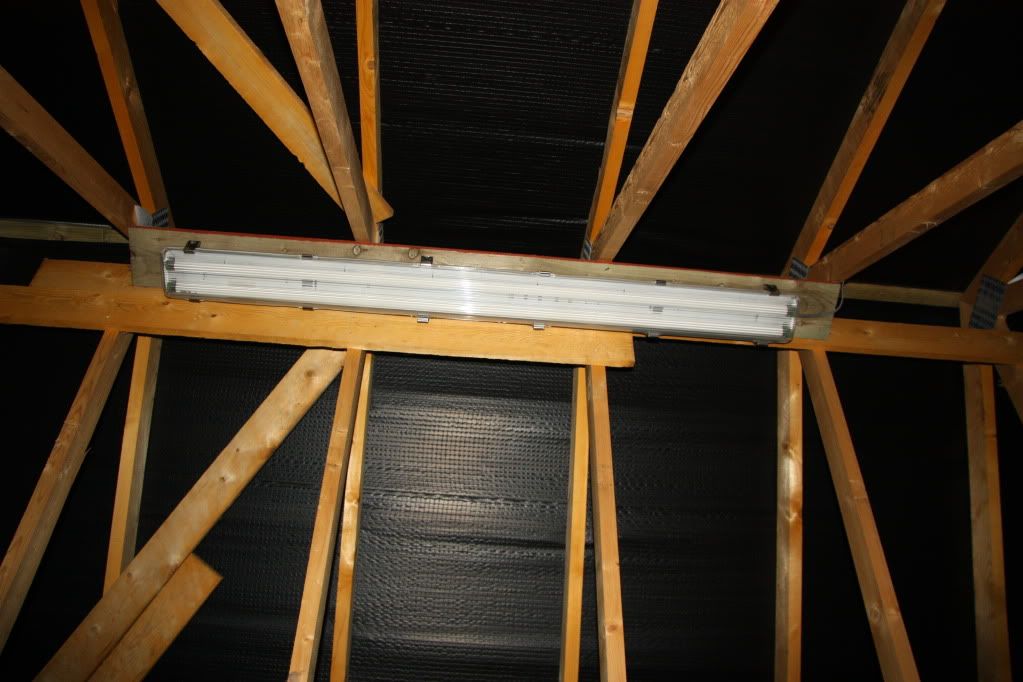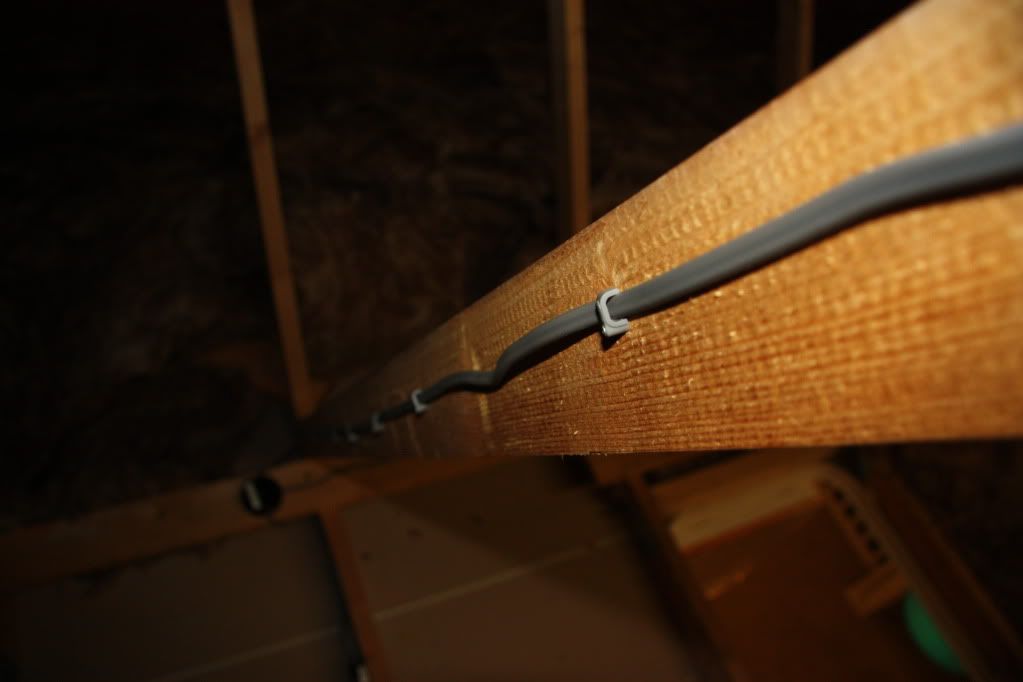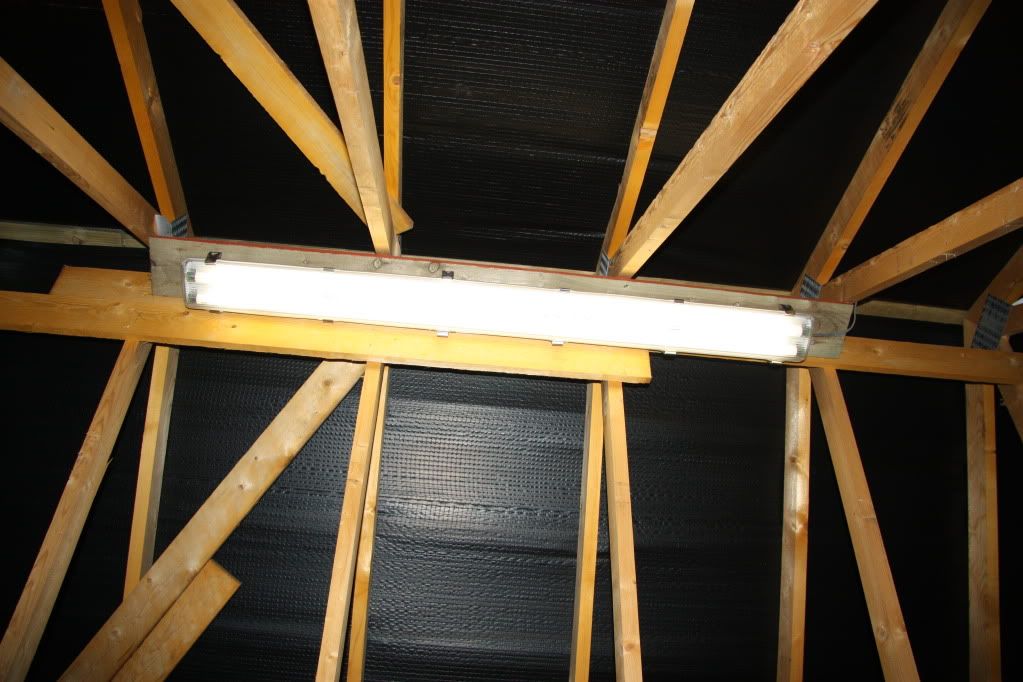Been a while since I have done DIY electrics in the house. I have wired a new light in the loft of a house I have moved into recently.
So got my earth loop and insulation tester at the ready to finish the connection off. Tested for continuity and all ok. But rusty on the value required for the below tests.
For the earth loop impedance test, is a value 500mOhms and below acceptable?
And for insulation testing, any value above 1Megaohm?
Many Thanks
So got my earth loop and insulation tester at the ready to finish the connection off. Tested for continuity and all ok. But rusty on the value required for the below tests.
For the earth loop impedance test, is a value 500mOhms and below acceptable?
And for insulation testing, any value above 1Megaohm?
Many Thanks











